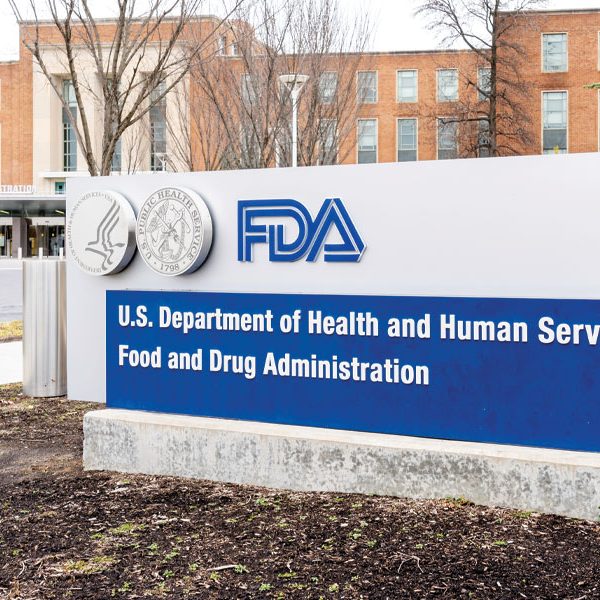Part 1: The Case for Better Health History Records – Regulatory Requirements

It is evident that during numerous audits, while working for the FDA and at MMS, clinical investigators are enrolling ineligible study subjects. A few of the ineligible subjects receive waivers before enrollment, however many do not.
Ineligibility is often not clear to the investigational site, monitor, or sponsor prior to audit or inspection. A common way at looking at this matter on their part is to consider it a deviation from the protocol. However, this is not acceptable from a regulatory point of view. The reasons behind the enrollment of ineligible subjects can vary from sloppiness or a chance at a medication given an unmet medical need and go all the way up to fraud. Yet, the most common contributing factor in the last several years has been a failure to collect and/or review adequate medical histories prior to enrollment or randomization. This may be due to increased commercial pressure to meet rapid enrollment goals among others.
In this four-part series, pertinent regulations and the possible outcomes of enrollment of ineligible subjects, the case for how much medical history should be collected and how it should be reviewed, barriers to collection of health history records, and potential ways to overcome these barriers will be discussed.
Regulatory guidance to follow
From a regulatory perspective, it is critical to collect adequate case histories on all potential study subjects. Focusing on the markets from which approvals are most often sought for new or generic drugs (Europe, US and Japan), the following list is pertinent, detailing specific guidelines laid out by regulatory authorities:
- ICH E6 (R2) Section 4.5.1: “The investigator/institution should conduct the trial in compliance with the protocol agreed to by the sponsor and, if required, by the regulatory authority(ies) and which was given approval/favourable opinion by the IRB/IEC.”
- ICH E6 (R2) Section 4.5.1: “The investigator should not implement any deviation from, or changes of the protocol without agreement by the sponsor and prior review and documented approval/favourable opinion from the IRB/IEC of an amendment, except where necessary to eliminate and immediate hazard(s) to trial subjects…”
- ICH E6 (R2) Section 4.9.0: “The investigator should maintain adequate and accurate source documents and trial records that include all pertinent observations on each of the site’s trial subjects.”
- 21 CFR Part 312.60: “An investigator is responsible for ensuring that an investigation is conducted according to… the investigational plan.”
- 21 CFR Part 312.60: “An investigator is responsible for… protecting the rights, safety, and welfare of subjects under the investigator’s care.”
- 21 CFR Part 312.62(b), case histories: “An investigator is required to prepare and maintain adequate and accurate case histories that record all observations and other data pertinent to the investigation on each individual administered the investigation drug or employed as a control in the investigation.”
- Ministerial Ordinance on Good Clinical Practice (J-GCP) for Drugs Article 44, Selection of Subjects: “The investigators etc. shall select prospective subjects, taking into account the following principles: (1) The prospective subject’s health condition, symptoms, age, ability to give consent, etc. shall be carefully considered, in line with the objective of the clinical trial, from ethical and scientific viewpoints.”
In practice, these requirements break down to two simple concepts: don’t deviate from the study protocol by enrolling ineligible subjects, and request and maintain all records which prove eligibility.
What happens when you don’t adhere to these principles?
One of the pitfalls of enrolling an ineligible subject is the potential for compromising subject safety. For instance, a subject with an unknown contraindication may be more likely to experience an adverse or serious adverse event; and that event may be more difficult to treat without an accurate medical history. Additionally, there may not be a potential benefit for subjects who do not meet eligibility criteria such as having had a disease state for a specified period of time, having a specific form of a disease, or having failed specific previous therapies.
This alteration of the risk-benefit ratio for the individual can translate to the patient population at large. If enough subjects in a study or related studies are ineligible, but it is not known at the time of statistical analysis, the safety profile and side effects/adverse events will not necessarily be accurate. In essence, the trial will not have been controlled and the scientific validity of the study itself will be called into question. This then negates the potential value of the medication for the population it was intended for.
Statistical analyses can be affected
The power of any study can suffer with increasing subject ineligibility in terms of statistical analysis. Studies are developed with these parameters in mind, allowing for removal of a specified percentage of subjects without affecting the ability to analyze data. However, if too many sites fail to perform adequate medical history reviews and they enroll ineligible subjects, this threshold can be overcome rather quickly.
The exclusion of subjects for whom end point analysis is not possible, such as withdrawals or removals, may intensify situations like this. This can further decrease the number of evaluable subjects.
Intent-To-Treat (ITT) analysis can also be negatively impacted if the number of subjects who are ineligible is too high, in the cases of not having the disease under study. In such instances, all of the ineligible subjects should be excluded from this type of analysis. In many situations, this is the only analysis considered vital for regulatory approval further impacting the validity of the study.
Beware of potential citations
For many clinical sites, there are very real regulatory risks associated with the enrollment and randomization of ineligible subjects.
The FDA – like most regulatory bodies – issues citations if a pattern of errors is identified. This is commonly referenced as a “rule of three,” in that three or more examples of the same error type are considered adequate to justify a citation if there is an identifiably negative impact.
The two exceptions to this rule of thumb include:
- the failure to adequately consent a subject or the enrollment of an ineligible subject, with a single identified example being enough to warrant an observation/citation in either instance, and
- enrollment of multiple ineligible subjects, or the combination of enrollment of a single ineligible subject with other serious observations, can make official action a near certainty for the clinical site.
In one instance, 50 percent of subjects enrolled at a site were identified as ineligible due to a lack of adequate review of medical histories. The outcome in this case was a warning letter to the clinical investigator, and the refusal of the medical institution to allow the investigator to do further research.
Recently, approximately 60 percent of the clinical sites reviewed by MMS investigators have enrolled at least one ineligible subject due to lack of request for and/or review of subject medical histories. In these cases, at a minimum, the individual subjects have had to be removed from all from all planned efficacy or safety analyses. In some instances, it has been recommended that the entire clinical site be removed from all analyses due to additional serious data integrity or subject safety issues.
For the sponsor, the ability to submit a marketing application or an abbreviated new drug application (NDA) was therefore compromised at times.
Knowing that the consequence of enrolling ineligible subjects has such strong potential negative impacts on the study subject, the clinical site, and the sponsor, it is increasingly important to have best practices in place for the collection of medical histories. Part 2 of this series will explore this aspect further, with an eye to helping the clinical site team determine what records are most important to procure, how to review them to gather pertinent data, and what to do when medical histories are unclear or provide conflicting information.
by Barbara Rusin
About the author
Barbara A. Rusin is Regulatory Compliance Manager at MMS, providing technical oversight and direction to a global regulatory team, spread across four continents. Prior to MMS, Barbara was a Bioresearch Monitoring Investigator and Biologics Specialist with the Food and Drug Administration’s (FDA) Detroit office. .











